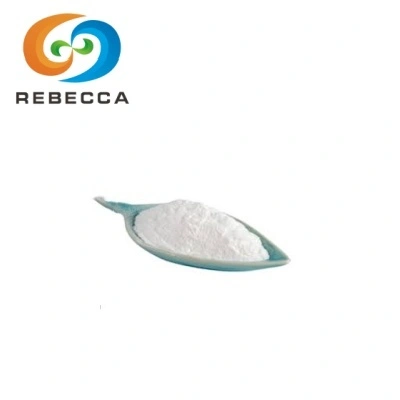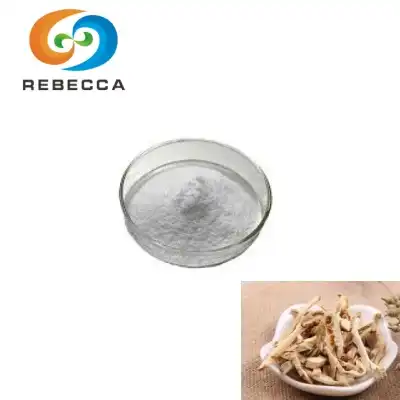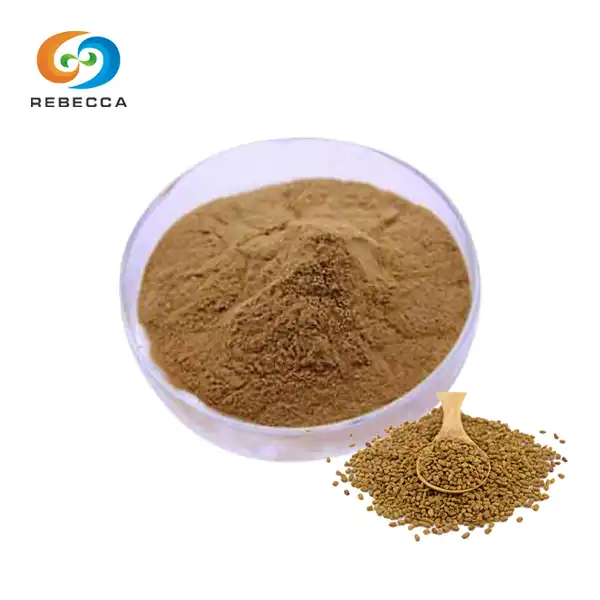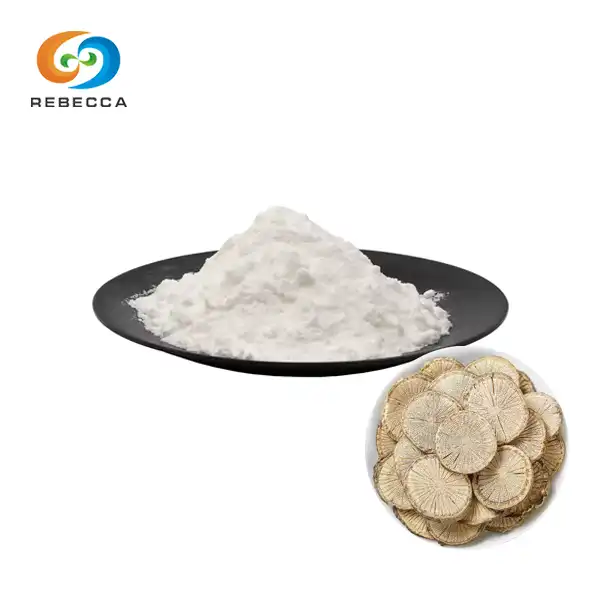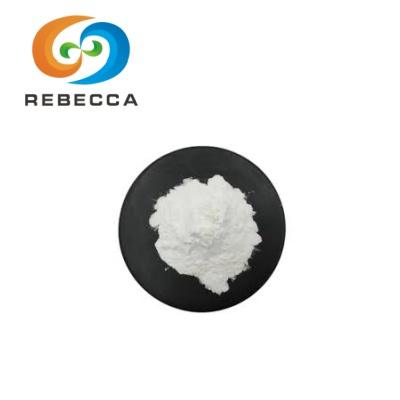Is alpha-lipoic acid natural or synthetic?
Alpha-lipoic acid (ALA) exists in both natural and synthetic forms. This powerful antioxidant occurs naturally in small amounts in various foods and is also produced by the human body. However, the ALA used in supplements is primarily synthetic due to the difficulty of extracting large quantities from natural sources. Both natural and synthetic forms of alpha lipoic acid offer similar benefits, with synthetic ALA being more widely available and cost-effective for supplement production.
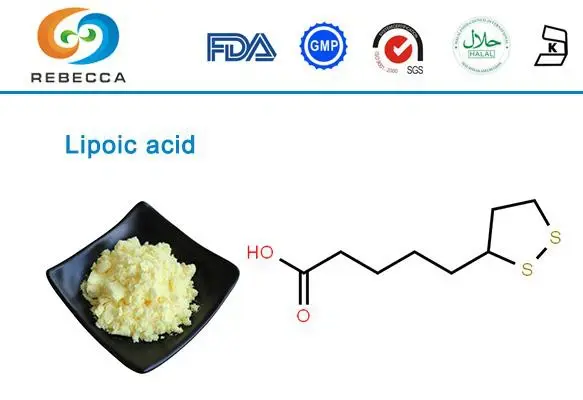
Product Name:alpha lipoic acid
CAS No.:1077-28-7
Specification:99%
Test Method:HPLC
Appearance:Light yellow to yellow powder
Natural Sources and Synthesis
Alpha-lipoic acid in foods: Where to find it naturally
Alpha-lipoic acid occurs naturally in several food sources, albeit in small quantities. Organ meats, particularly liver and kidney, contain the highest concentrations of ALA. Other notable sources include spinach, broccoli, Brussels sprouts, and tomatoes. Red meat and yeast also provide modest amounts of this compound.
While these dietary sources contribute to our ALA intake, the amounts are generally insufficient to produce significant therapeutic effects. For instance, a 100-gram serving of beef liver contains approximately 0.1 to 0.5 milligrams of ALA, whereas supplemental doses often range from 300 to 600 milligrams per day.

Industrial production: Synthetic alpha-lipoic acid explained
The majority of alpha-lipoic acid used in supplements and research is synthetically produced. This process involves chemical synthesis, typically starting with octanoic acid or other similar compounds. The synthetic production allows for large-scale manufacturing, ensuring a consistent supply of high-purity ALA for various applications.
Synthetic ALA is often produced as a racemic mixture, containing equal parts of two forms: R-lipoic acid and S-lipoic acid. This mixture closely resembles the natural form found in foods and the human body.
Comparing natural vs. synthetic: Bioavailability and efficacy
Research indicates that both natural and synthetic forms of alpha-lipoic acid exhibit similar bioavailability and efficacy. The body can readily absorb and utilize synthetic ALA, making it an effective alternative to the naturally occurring compound. Some studies suggest that the R-form of ALA, which is the naturally occurring isomer, may have slightly higher bioavailability. However, the difference is often negligible in practical applications.
The synthetic nature of supplemental ALA does not diminish its potential health benefits. Numerous clinical trials have demonstrated the effectiveness of synthetic alpha-lipoic acid in various health applications, including its antioxidant properties and potential role in managing certain metabolic conditions.
Biological and Health Implications
Antioxidant properties: How alpha-lipoic acid fights oxidative stress
Alpha-lipoic acid stands out as a unique and potent antioxidant. Its ability to neutralize free radicals in both water-soluble and fat-soluble environments sets it apart from many other antioxidants. This versatility allows ALA to protect various cellular components from oxidative damage.
ALA's antioxidant action extends beyond direct free radical scavenging. It also helps regenerate other antioxidants like vitamin C, vitamin E, and glutathione, enhancing the body's overall antioxidant defense system. This regenerative capacity contributes to ALA's reputation as a "universal antioxidant."
Metabolic benefits: Alpha-lipoic acid's role in energy production
Alpha-lipoic acid plays a crucial role in cellular energy production. It serves as a cofactor for several enzymes involved in the mitochondrial energy-generating process. By enhancing mitochondrial function, ALA may improve overall energy metabolism and cellular efficiency.
Research suggests that ALA supplementation may support glucose uptake in cells, potentially aiding in blood sugar regulation. This property has sparked interest in ALA's potential applications for metabolic health and weight management.
Potential therapeutic uses: From diabetes to neuropathy
The diverse biological activities of alpha-lipoic acid have led to investigations into its potential therapeutic applications. Studies have explored its use in managing diabetic neuropathy, with some promising results in alleviating symptoms associated with nerve damage.
ALA's antioxidant properties have also been studied in the context of cardiovascular health, cognitive function, and skin aging. While more research is needed to fully understand its effects in these areas, preliminary findings suggest potential benefits.
Practical Considerations
Dosage and safety: Guidelines for alpha-lipoic acid supplementation
Alpha-lipoic acid supplementation typically ranges from 300 to 600 milligrams per day for general health purposes. Higher doses may be used in specific clinical situations under medical supervision. It's important to note that optimal dosages can vary based on individual health conditions and goals.
ALA is generally considered safe when used as directed. However, some individuals may experience mild side effects such as skin rash or gastrointestinal discomfort. As with any supplement, it's advisable to consult with a healthcare professional before starting ALA supplementation, especially for those with pre-existing health conditions or taking medications.
Choosing the right form: R-ALA vs. S-ALA vs. racemic mixture
When selecting an alpha-lipoic acid supplement, consumers may encounter different forms: R-ALA, S-ALA, and racemic mixtures. R-ALA is the naturally occurring form and is believed to be slightly more bioavailable. S-ALA is the synthetic mirror image and may have different biological activities.
Most supplements contain racemic mixtures (equal parts R-ALA and S-ALA). While some argue for the superiority of pure R-ALA supplements, research suggests that racemic mixtures are effective for most applications. The choice often depends on individual preferences and specific health goals.
Interactions and precautions: What to know before taking ALA
Alpha-lipoic acid may interact with certain medications, particularly those used for diabetes and thyroid conditions. ALA can potentially enhance the effects of blood sugar-lowering medications, necessitating careful monitoring and possible dosage adjustments.
Individuals with thiamine deficiency should exercise caution when using ALA supplements, as it may interfere with thiamine utilization. Pregnant and breastfeeding women should consult their healthcare providers before using ALA supplements, as safety data in these populations is limited.
Alpha-lipoic acid, whether natural or synthetic, offers promising health benefits due to its unique antioxidant properties and metabolic functions. While it occurs naturally in foods and the human body, synthetic ALA in supplements provides a more concentrated and accessible form. When considering ALA supplementation, it's crucial to weigh potential benefits against individual health needs and consult with healthcare professionals for personalized advice.
Alpha Lipoic Acid Suppliers from China
Shaanxi Rebeccia, a leading supplier of alpha lipoic acid in China, operates with cutting-edge extraction, separation, and purification equipment. Our facilities adhere strictly to GMP and ISO standards, ensuring top-quality products. We implement rigorous quality control measures throughout the production process, from raw material sourcing to final product delivery.
Rebecca specializes in producing high-grade alpha-lipoic acid with the following specifications: CAS No.: 1077-28-7, 99% purity (HPLC tested), appearing as a light yellow to yellow powder. For inquiries about our premium products, contact us at information@sxrebecca.com.
References
- Packer L, Cadenas E. "Lipoic acid: energy metabolism and redox regulation of transcription and cell signaling." Journal of Clinical Biochemistry and Nutrition. 2011.
- Shay KP, et al. "Alpha-lipoic acid as a dietary supplement: Molecular mechanisms and therapeutic potential." Biochimica et Biophysica Acta. 2009.
- Gorąca A, et al. "Lipoic acid - biological activity and therapeutic potential." Pharmacological Reports. 2011.
- Ziegler D, et al. "Alpha-lipoic acid in the treatment of diabetic peripheral and cardiac autonomic neuropathy." Diabetes Care. 1997.
- Rochette L, et al. "Alpha-lipoic acid: molecular mechanisms and therapeutic potential in diabetes." Canadian Journal of Physiology and Pharmacology. 2015.
